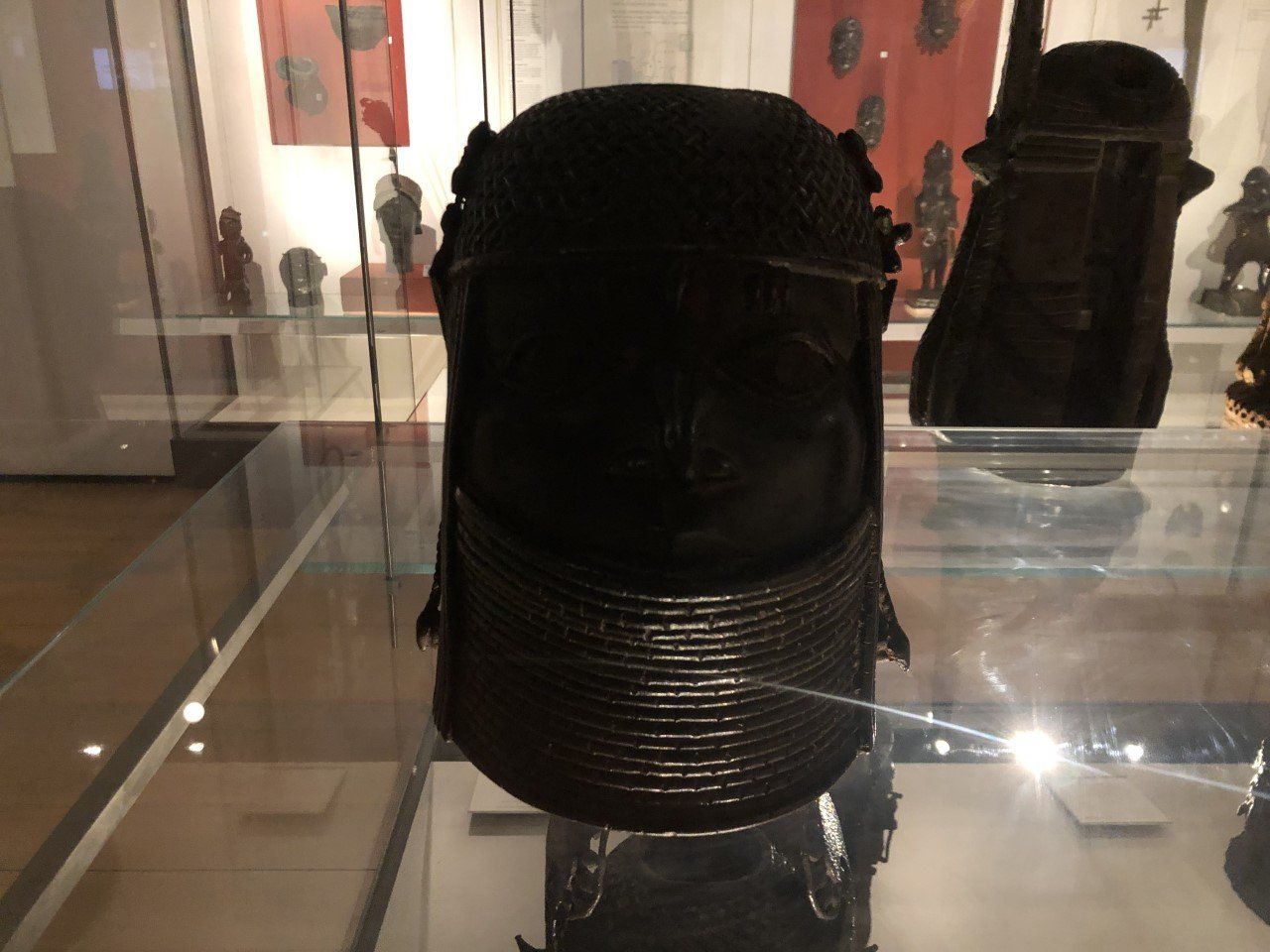Cultural Restitution
SHARE ARTICLE
Fresh reports of a leaking roof above the British Museum’s collection of Greek sculpture and antiquities underline the scale of challenge the Museum faces to modernise and improve the display of some of its most important artefacts.
The heavy rain that fell in London at the end of July caused water to leak into the galleries where the Parthenon sculptures are displayed and has pushed back their re-opening to an unspecified date. A spokesperson for the Museum told us the essential repairs now underway “are part of a programme of building maintenance and conservation which will help enable future works on the Museum estate”.
But this is not the first time a leaking roof has raised alarm. Evidence of water seeping into the Museum’s Duveen Gallery was broadcast on Greek television in 2018, leading Greece to renew its demand to have the sculptures transferred to the Acropolis Museum in Athens. These latest reports of leaks suggest any repairs the Museum may have undertaken have so far failed to fix the problem.
Unfortunately, there are other contested items in the Museum’s collection whose display also falls below modern standards and places the Museum’s reputation for global leadership at risk.
Today’s visitors in search of the so-called ‘Gweagal Shield’, an object that represents a tangible symbol of the West’s first encounter with indigenous aborigines, will struggle to locate it. Instead of playing a leading role in the Museum’s noteworthy display of Oceanic artefacts, it will be found almost inconspicuous at one end of the Museum’s Enlightenment Gallery, squeezed behind glass into a wall cabinet that was designed instead to house King George III’s Library and is lit only by natural light (making it almost impossible to photograph).
One label in the cabinet states the shield was collected by Captain Cook on his first landing at Botany Bay on April 29, 1770. After a shot was fired at two men who advanced on Cook’s party with spears, one of their shields dropped to the ground before they ran away. ‘It has been suggested, but not confirmed, that this is that shield’, according to the first label. Confusingly, a second label throws doubt on this provenance and suggests ‘it may have been obtained from its owner between about 1790 and 1815’.
Whether or not this is the actual shield collected by Cook on that historic encounter in 1770, the shield still represents a critical part of Australian history. It’s very disappointing the Museum continues to conceal the shield’s wider significance by suppressing it in such an unenlightened manner. By doing so, it strengthens Australia’s resolve to see it returned to Australia, where it’s true significance would undoubtedly be acknowledged in a superior exhibition display.
Elsewhere in the African galleries there’s another group of contested objects badly in need of improved lighting and attention.
The Museum’s hanging display of decorative cast plaques, collectively known as Benin Bronzes, is undoubtedly one of the highlights of the Museum’s displays. But unfortunately many of the other Benin items on display, also looted from Benin City and currently subject to repatriation requests from Edo State in Nigeria, are left sadly in their shadow.
Some of these incredibly beautiful Benin heads and animal figures displayed in glass cabinets around the same room are so poorly lit it’s almost impossible to appreciate their dignity and quality. Take for example the image above of the commemorative head of an Oba (king), made of cast bronze in Benin City c.1550-1650. Yes, it's an awful photograph, but the way this Oba's head is displayed means it’s near impossible to get close and study its finer detail - either with a camera or by the human eye.
The lighting within one of these glass cabinets holding Benin artefacts had failed altogether when I visited last week, leaving the objects in even gloomier light.
The Museum insist that alongside essential repairs, the Director is developing “a strategic masterplan to transform the British Museum for the future”. This involves not just renovation, but “an ambitious redisplay of the collection in the years to come”, according to their spokesperson.
However, with post-pandemic pressure on the Museum's budgets, completion may lie many years in the future. In the meantime, the Museum should place a greater priority on improving the display of more of its contested objects. Otherwise, they'll find others queuing up to do it for them.
Photos: Duveen Gallery, British Museum
Courtesy of Wikimedia Commons
More News





